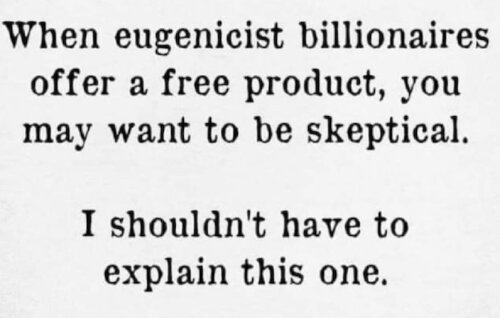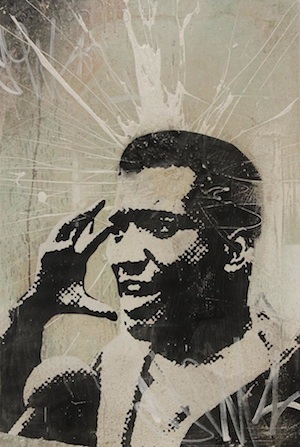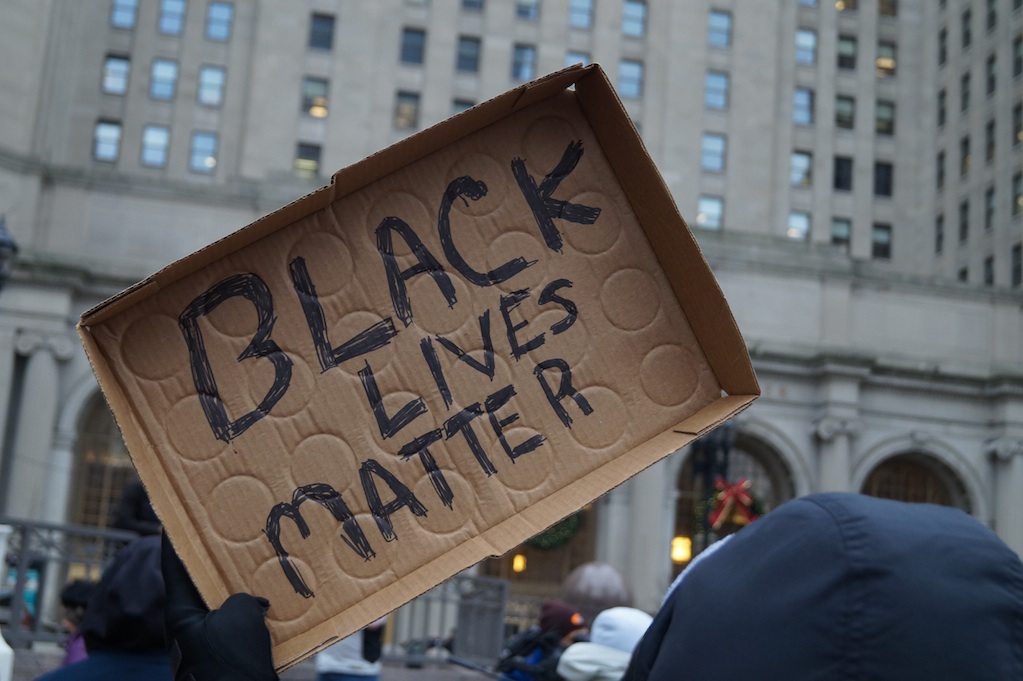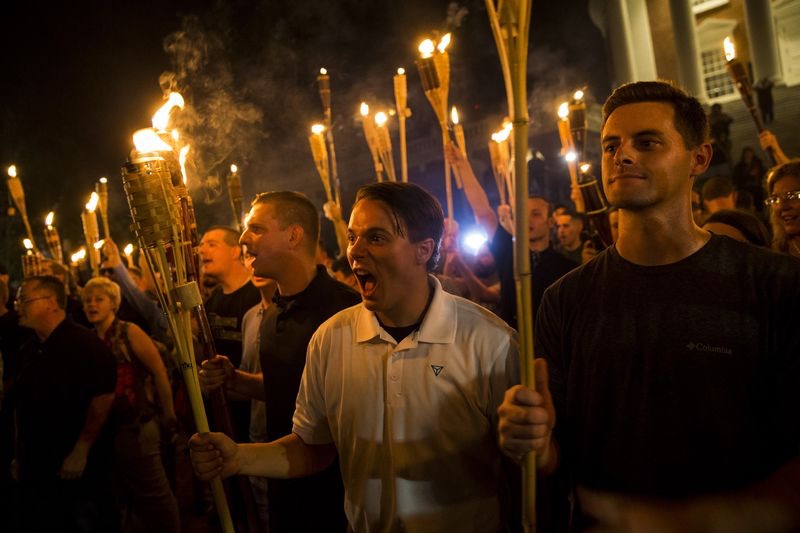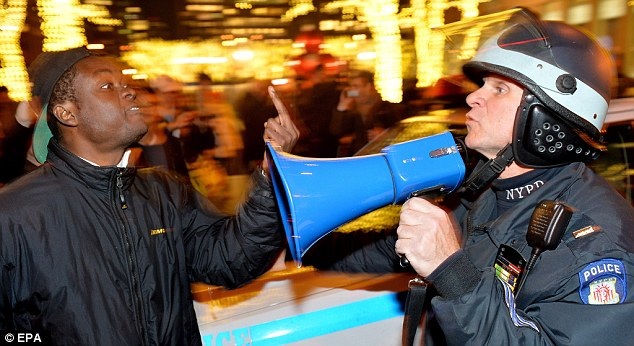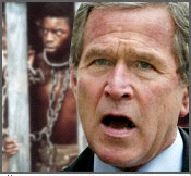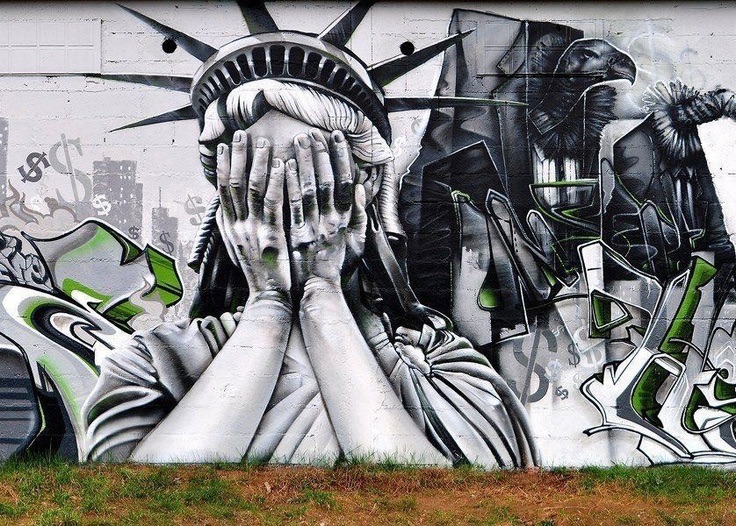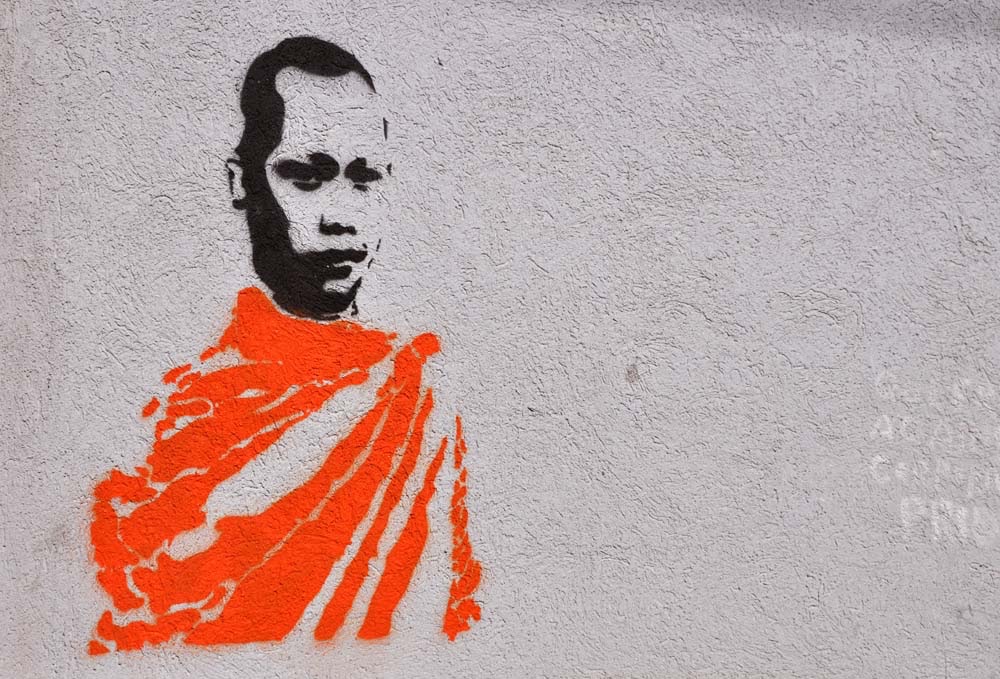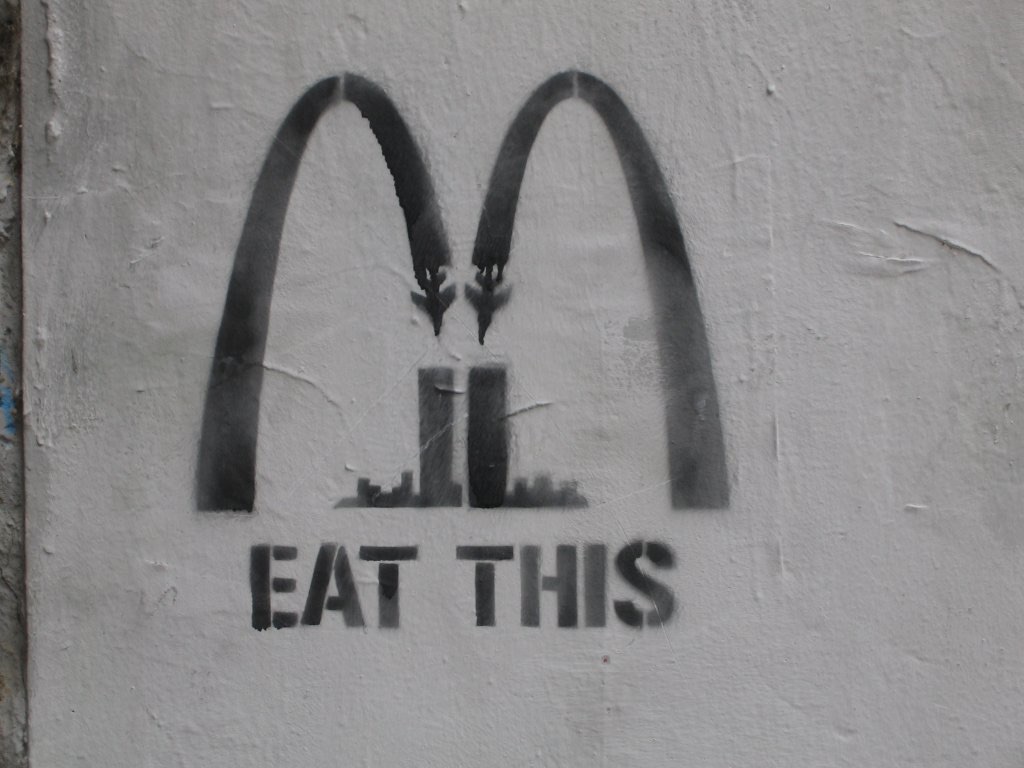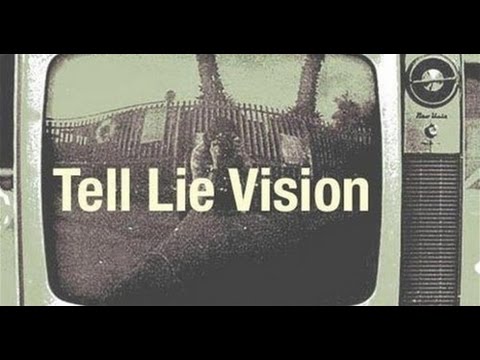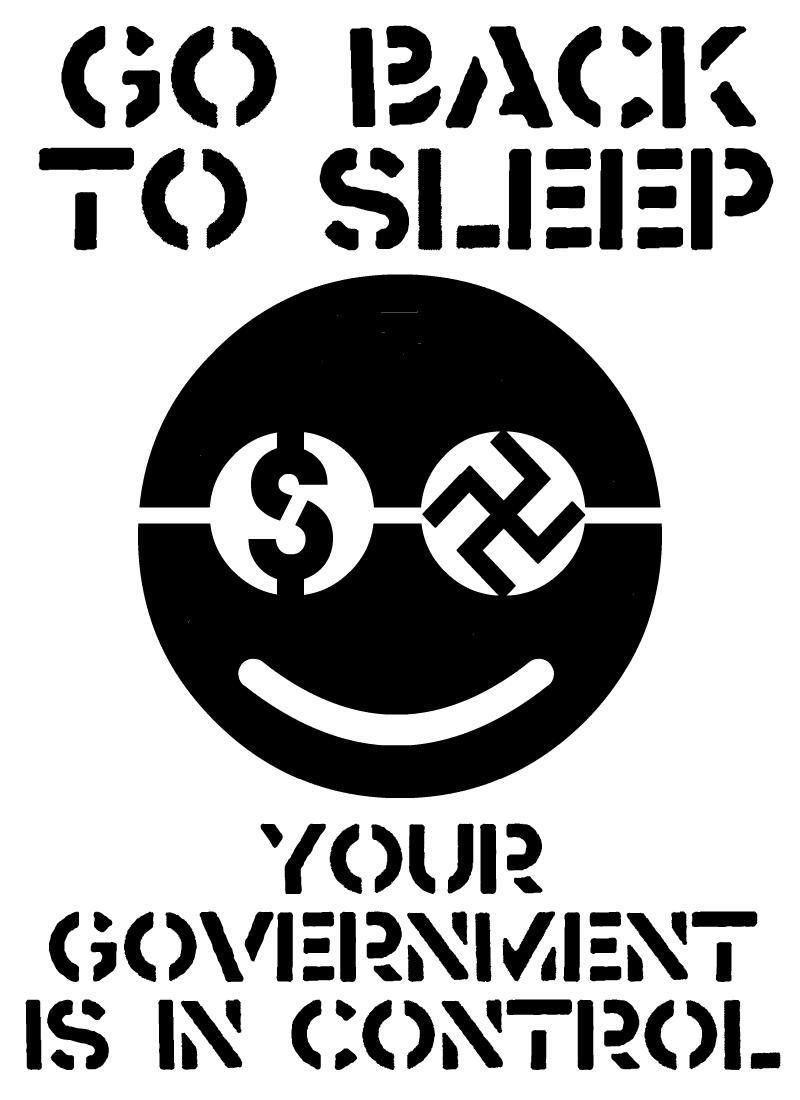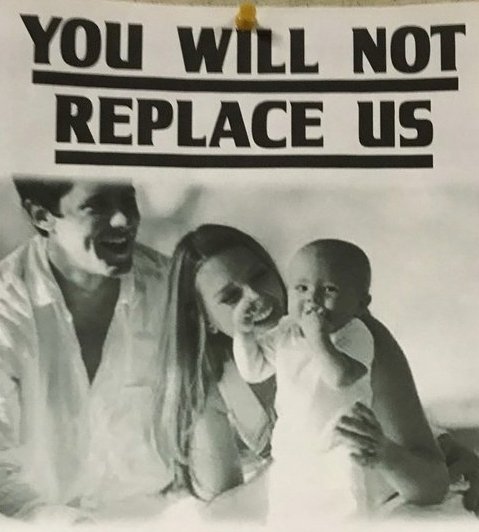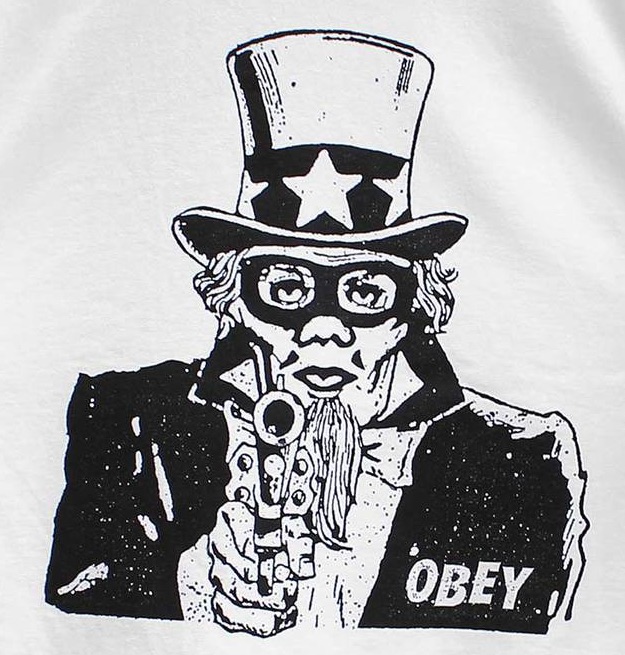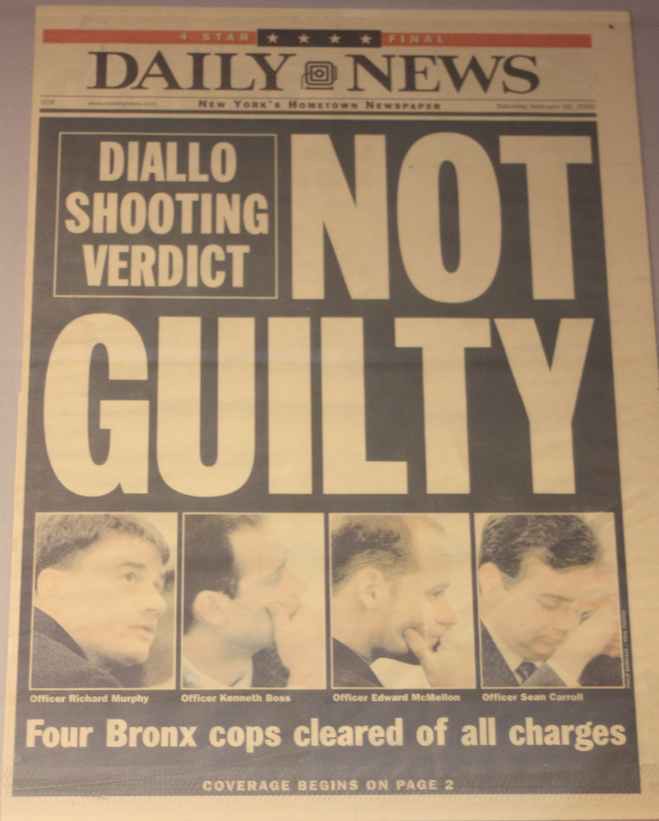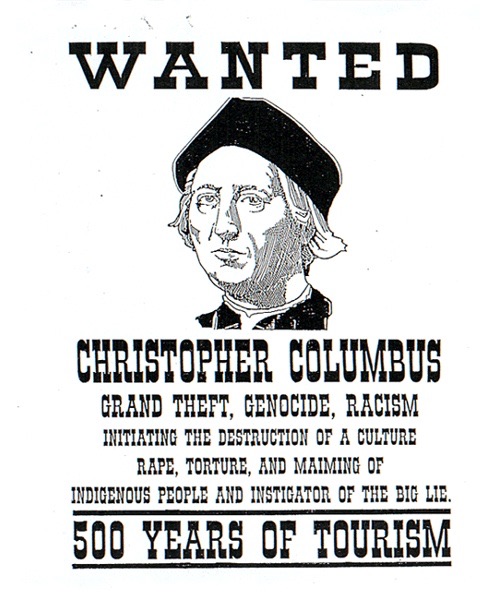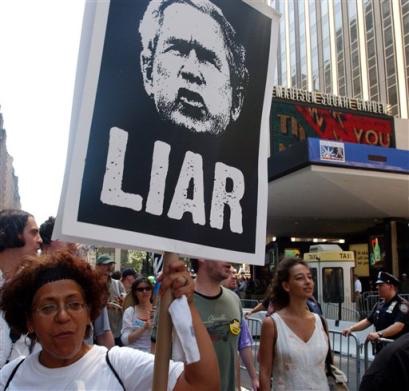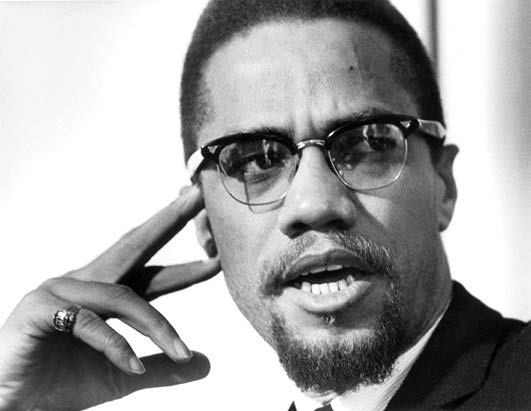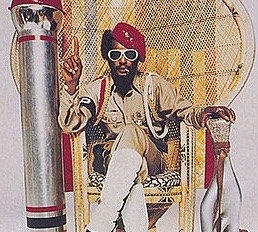From [HERE] The Department of Homeland Security on Wednesday released a non-whirw Maryland woman who was held for 25 days despite evidence that her lawyers say proves she was born in the United States and is a citizen.
Dulce Consuelo Diaz Morales, 22, walked out of a U.S. Immigration and Customs Enforcement detention center Wednesday afternoon in Elizabeth, New Jersey, where she was met by members of her legal team, according to one of her lawyers, Victoria Slatton.
Slatton said the case against Diaz Morales has not yet been dismissed by the government and she could still face deportation proceedings. But Slatton is confident her client’s claim to citizenship has been established.
“She is a U.S. citizen. She was born here. I think that we’ve presented more than enough evidence, but we will continue to fight it until every single court accepts and acknowledges it,” she said.
Though she was relieved to see her client freed, Slatton said that the lengthy detention was unwarranted and unnecessary, and that evidence establishing Diaz Morales is a citizen was provided to the government within days of her arrest.
“I am extremely happy that she was released today, and I hope that she is never taken into custody again,” Slatton said. “But I also want it known that she was in custody for 25 days, and it should not take as much evidence as we submitted or as much of a fight as we had for a U.S. citizen to be released from custody.”
The ordeal began on Baltimore on Dec. 14 after agents pulled over Diaz Morales as she left a Baltimore Taco Bell in December with her family.
She said she told agents she was a U.S. citizen but did not have any documentation with her. Her sister said Diaz Morales told the agents she was a U.S. citizen.
"If people are afraid of living in a 'show-your-papers' society, they need to know this is what it looks like," Perez said. "It looks like four unmarked cars coming up on three young women and someone getting taken away while her sister shouts, 'She was born here! She was born here.'"
In a prior statement to WJZ, a Department of Homeland Security official insisted Diaz Morales' birth certificate is not valid and that Diaz Morales provided no other proof of citizenship.
The Trump Administration alleged she entered the country illegally in the border town of Lukeville, Arizona in 2023 and claimed Mexican citizenship when questioned by border patrol at the time.
“Dulce Consuelo Madrigal Diaz is NOT a U.S. citizen – she is an illegal alien from Mexico,” DHS spokeswoman Tricia McLaughlin said in a statement emailed to The Washington Post in December. “She did NOT provide a valid U.S. birth certificate or any evidence in support of her claim that she is a U.S. citizen. On Dec. 14, ICE arrested this illegal alien in Baltimore. On Oct. 20, 2023, when CBP encountered her near Lukeville, Arizona, Madrigal-Diaz claimed she was a citizen of Mexico and was born on Oct. 18, 2003.”
Her lawyers said she "entered the United States during an emergency without access to documentation and was mistakenly processed as a noncitizen, assigned an A number, and placed into removal proceedings. That administrative error did not and cannot change her constitutional status."
"All of a sudden, the government thinks they can just shift all of this to people in these proceedings and expect them to solve all of this while they're in this black hole of the detention system," Perez said. That is absolutely terrifying, and I sincerely hope more people start to take notice of that."
Perez added, "They came to us desperate for help. They didn't know where she was. She had been disappeared into the black hole of the detention system. I want to emphasize that she was transferred five times over less than five weeks."
Four days after her arrest, a Maryland District Court judge barred the government from deporting Diaz Morales while the court considered a petition from her lawyers challenging the detention.
According to her lawyers, Diaz Morales moved from the U.S. to Mexico with her family in 2009 or 2010 and returned in 2023 to escape cartel violence. They said she was stopped by immigration officers when she reentered the U.S. In January, she received a removal order from the Justice Department’s Executive Office for Immigration Review (EOIR).
During her 25-day detainment, Diaz Morales was transferred often and held in five detention centers in Maryland, Louisiana, Texas and, finally, New Jersey. Her lawyers were only able to speak to her twice during her detention, Slatton said.
On Tuesday, Diaz Morales’s lawyers filed additional documents with EOIR to support their client’s citizenship claim, including hospital records from her birth that included her footprints and her mother’s fingerprints. They also provided clearer versions of her Maryland birth certificate and immunization records, which they had previously provided to the court and DHS.
The new filing included an extensive analysis of all of Diaz Morales’s birth and immunization records by C. Nicholas Cuneo, an assistant professor of pediatrics and medicine at the Johns Hopkins University School of Medicine.
“While a few discrepancies exist, such as variations in recorded birth weights and the absence of first and middle names on the birth certificate, these can often be attributed to routine clerical practices and, in the case of the incomplete birth certificate, potential language barriers faced by non-native English speakers navigating a bureaucratic state records system,” Cuneo wrote in his assessment. “Overall, the documents reviewed not only suggest Ms. Diaz Morales’s continuity of care as an infant, but they also substantially support her claim of being a U.S. citizen born in Maryland.”
On Wednesday evening, Diaz Morales was being driven home to Maryland by her lawyers. She said she was looking forward to seeing her 5-year-old son and the rest of her family.
“Now that I am free, I feel much better, but while I was detained, the lows were really low and I felt very sad, but I thank God now it’s over,” Diaz Morales said, speaking in Spanish with her lawyer interpreting. “I want to hug my son first and then my family.”
Full statement from Diaz Morales' legal team on her release
"Dulce Consuelo Diaz Morales is a United States citizen by birth. She was born in Maryland on October 18, 2003, a fact established by a certified Maryland birth certificate, contemporaneous hospital records from Laurel Regional Hospital, medical affidavits, and Maryland public health immunization records beginning in infancy. These are primary, government-created records generated at the time of birth by United States medical providers and state authorities. A medical expert conducted an extensive and thorough review of these records and confirmed, "Overall, the documents reviewed not only suggest Ms. Diaz Morales's continuity of care as an infant, but they also substantially support her claim of being a U.S. citizen born in Maryland."
"Dulce later entered the United States during an emergency without access to documentation and was mistakenly processed as a noncitizen, assigned an A number, and placed into removal proceedings. That administrative error did not and cannot change her constitutional status."
"Despite this evidence, Dulce was held in immigration detention for twenty-five days. During that time, she was transferred five times between facilities, separated from family, denied access to counsel, and confined in conditions that were deeply troubling and inappropriate for any person, let alone a United States citizen. She experienced prolonged detention, instability, and uncertainty as she was moved repeatedly through the system. Her confinement was not the result of any criminal conduct, but of bureaucratic error compounded by institutional inertia. No United States citizen should be subjected to weeks of detention, repeated transfers, and degrading conditions simply to establish what the government already had the means and resources to confirm."
"This case also raises profound concerns about precedent. By requiring Dulce and her legal team to produce extraordinary volumes of proof to secure her release, the government has effectively shifted the burden onto United States citizens to affirmatively prove their citizenship while incarcerated. That inversion of responsibility is dangerous. Citizenship, and the rights conferred upon citizens, should not depend on a person's ability to assemble records from behind detention walls, nor should liberty hinge on how much documentation a citizen can marshal under duress. If this becomes normalized, any citizen who lacks immediate access to paperwork and professional counsel becomes vulnerable to incarceration first and verification later."
"Although Dulce has been released from custody, her case is far from over. She remains under ICE supervision and, because DHS opposed counsel's motion and has refused to terminate, she still faces the threat of deportation. Until her proceedings are formally corrected and safeguards are enforced, Dulce's freedom remains conditional, and the risk that this could happen again to her or to others remains very real. While we will continue to fight for her despite alienage being DHS's burden to prove, we are deeply troubled that the fight has been prolonged." [MORE]

























